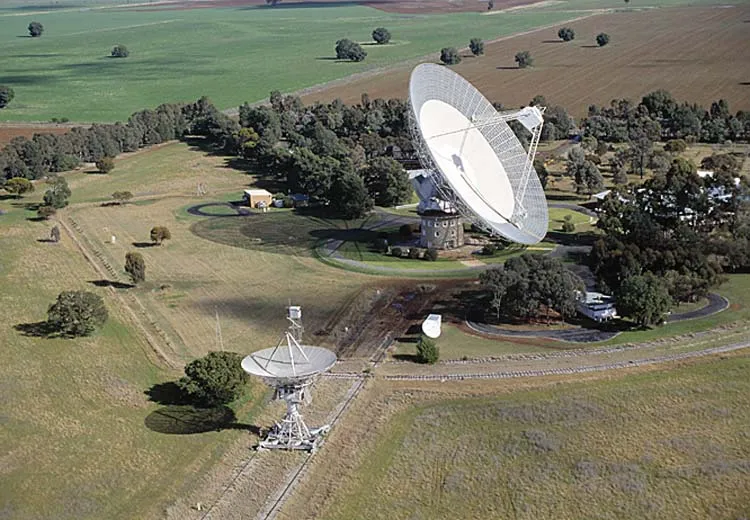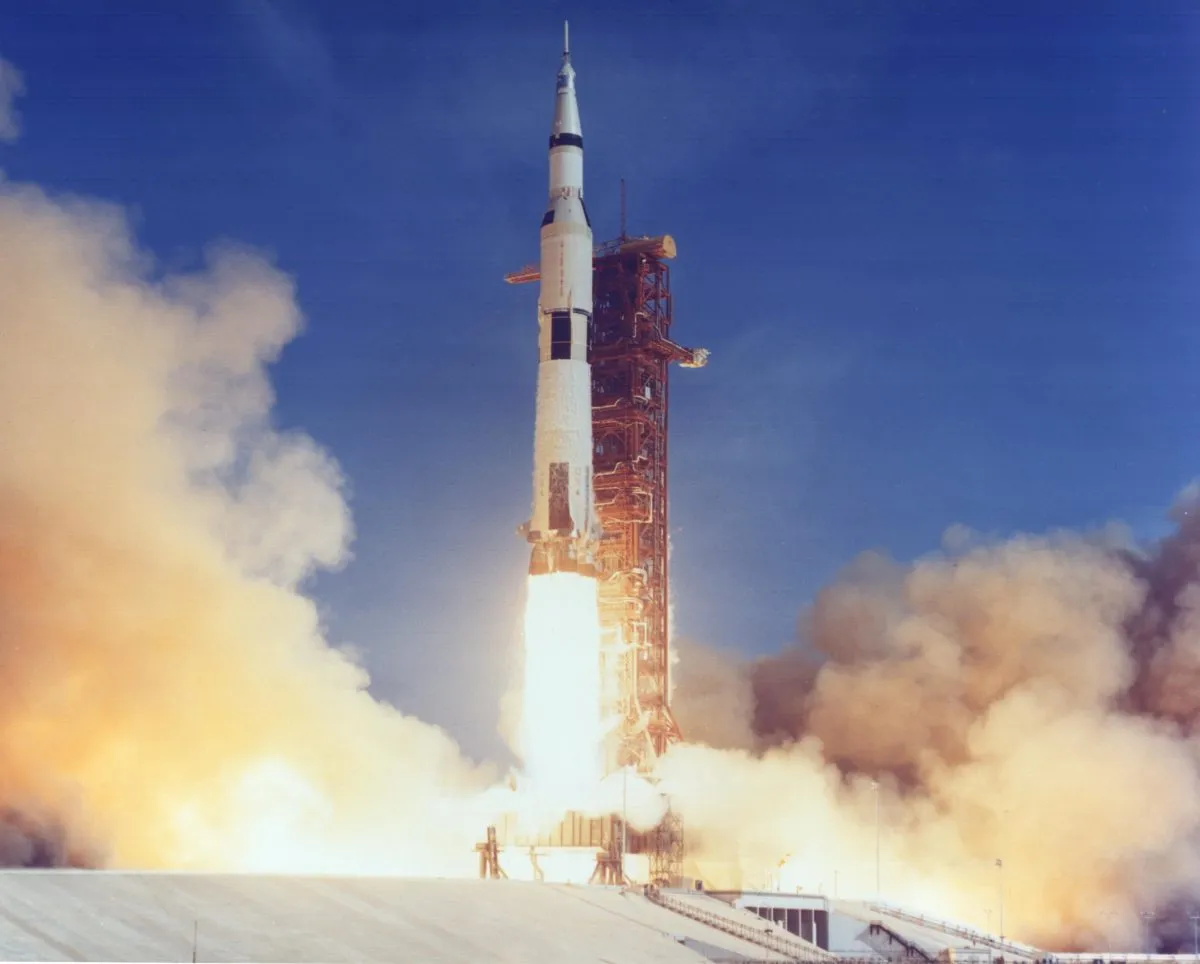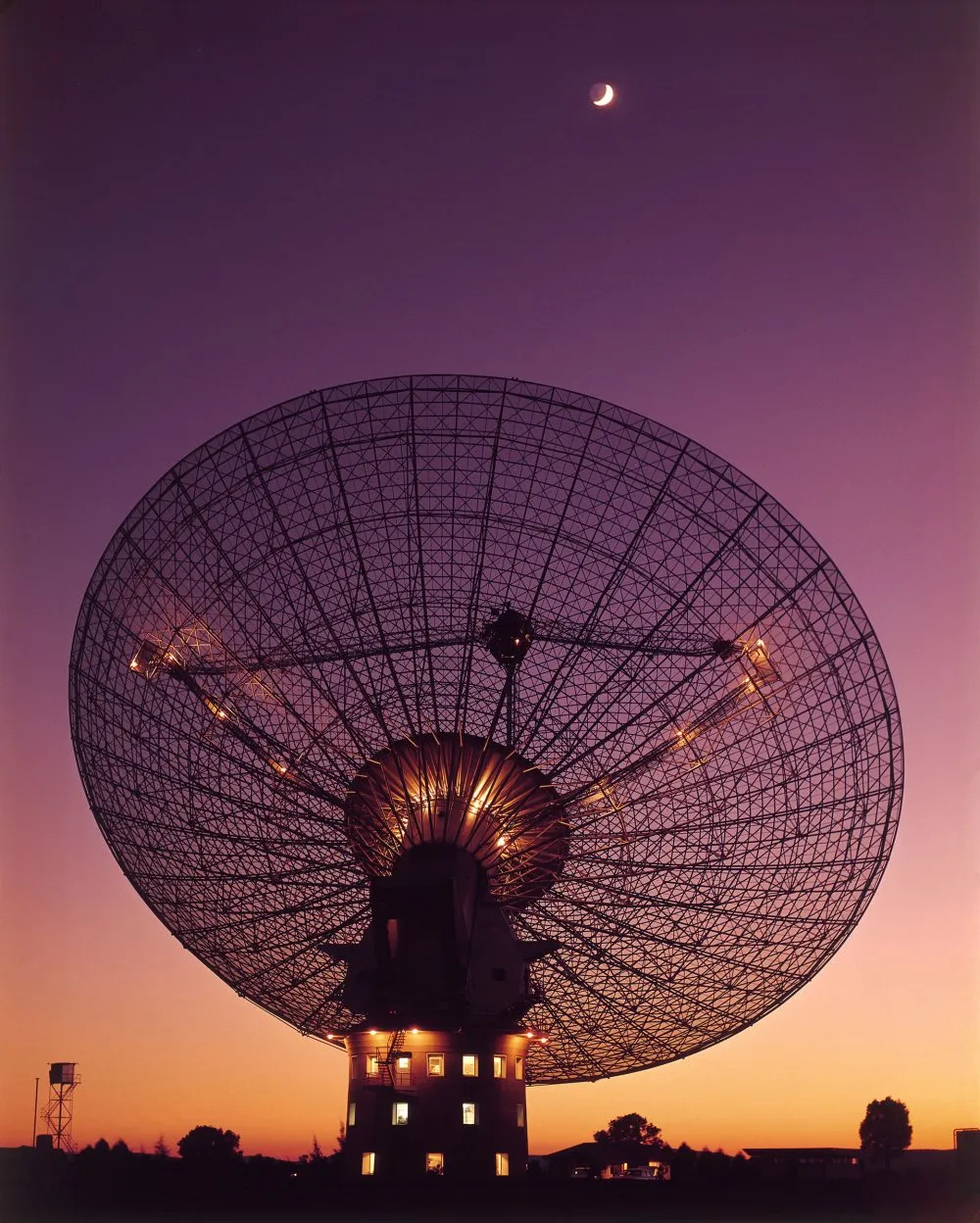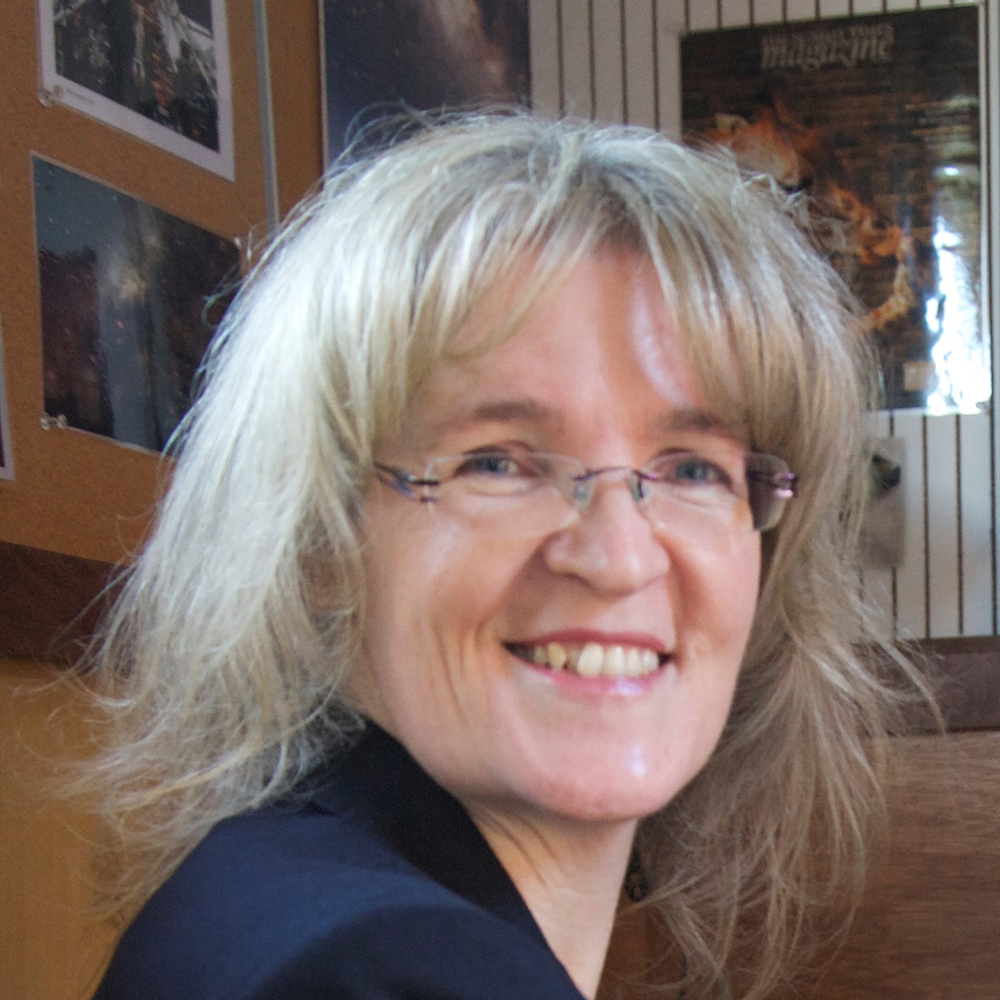I watched Neil Armstrong’s historic first steps when knee-high to the legs of a lunar lander, taking for granted, along with 600 million others, the grainy black and white television images.
How did the footage of the Apollo 11 moonlanding come about? Incredibly, NASA had initially seen ‘no reason’ for any television pictures!
The mission was already carrying a camera in the Command Module for telecasts during the flight to the Moon. Delayed by weight and fuel restrictions on the Lunar Module, a second TV camera was a modification too far.
Mission planners prioritised voice communication, vital Lunar Module systems data and astronaut biomedical telemetry.
However, just months before launch, an emergency meeting – attended by every NASA manager and a massive audience – saw ‘old timers’ fight for an additional TV camera.
Triumphantly a 3.29kg, Westinghouse designed, slow-scan black and white camera would be mounted, upside down – to avoid vibration – in the Modular Equipment Stowage Assembly left of the ladder on the Lunar Module descent stage.
Cue the Parkes Radio Telescope, a 64-metre parabolic prime focus dish antenna sited in a sheep paddock near the town of Parkes in Australia’s New South Wales.

February 1969 saw the Director, or ‘Dishmaster’, Dr John Bolton, determine a one-line contract to ‘support Apollo 11’ assisting NASA’s three other tracking stations: the prime 64-metre receiver at Goldstone, in California, and, near Canberra, two 26-metre dishes at Tidbinbilla and Honeysuckle Creek (HSK).
As part of NASA’s Goddard Spaceflight Centre Manned Spaceflight Network, Honeysuckle Creek was constructed solely for the Apollo program.
It was the communication facility in Australia for all manned Apollo missions and its dedicated staff co-ordinated the tracking effort between the various Australian stations – all operated for NASA by the Department of Supply and manned by Australians.
Pre-mission planning had Tidbinbilla tracking the Lunar Module, named 'Eagle', on the lunar surface and HSK tracking the Command Module Columbia in lunar orbit.
Another tracking station at Carnarvon in Western Australia would also track the Lunar Module and receive telemetry from surface experiments deployed by the astronauts.
Unfortunately for Tidbinbilla, a fire in the transmitter one day into the mission drastically altered the plan.
Despite repairing the damage within 12 hours, NASA’s confidence was dented; Tidbinbilla’s role was switched with HSK.
Parkes’ role as back-up was to receive telemetry and the vital TV signals from the LM on the Moon in case the LM’s High Gain Antenna, or HSK's antenna/receiver system, failed.
But, in a late change of plan, NASA instigated a ten-hour rest period prior to Armstrong’s walk.
Although set at Goldstone, the Moon would be high overhead at Parkes. Parkes was upgraded to prime receiver.
The Parkes’ dish, with its large collecting area, extra gain in signal strength and maximum reliability, ensured the astronauts no longer had to deploy an erectable, bulky 3-metre antenna on the lunar surface, saving 20-45 minutes of time and effort.
Instead, installed atop the Lunar Module ascent stage was a 0.66-metre S-band steerable antenna (carrier frequency 2282.5 MHz) for transmitting telemetry and, crucially, TV coverage of Armstrong on the ladder.

In the weeks prior to launch, exhaustive tests of equipment, tracking, recording and relay operations were carried out at Parkes by Bolton’s team and seconded by NASA engineers headed by Operations Manager, Robert Taylor.
Lists of NASA computations were tested, found incorrect, returned and later re-tested.
On 16 July, all pointing accuracy and sensitivity checks undertaken were successful. Parkes was ‘go for launch’.
After its momentous lift-off from Pad39A, Parkes flawlessly tracked Columbia to the Moon, a rhythmical variation in signal strength the only excitement as the spacecraft executed its temperature-regulating ‘barbecue roll’.
But tracking wasn’t easy. Bolton operated the feed rotator – a turntable device containing five holes sited in the main focus cabin.
The telescope had two receivers; a main one at the telescope focus (central hole) and a less sensitive one offset in one of the four off-axis positions.
Slowly moving the telescope in azimuth angle, and turning the feed rotator, kept the central on-focus receiver centred on a radio source.
Moreover, as the rotator turned, the field-of-view of the off-axis receiver also moved in a circular arc about the central receiver, enabling off-axis tracking.
If they tracked off the source, a signal strength indicator on the control panel registered a drop in voltage; the telescope would be moved appropriately to centre the off-axis beam on the radio source, again maximising signal strength.
“Houston, Tranquillity Base here. The Eagle has landed.”

With the LM safely on the surface, Armstrong wanted to walk … five hours before moonrise at Parkes.
For the Parkes team, no Moon meant no signal and no television. Goldstone was bumped to prime tracking station. Parkes were gutted.
But, serendipitously, a lengthy cabin air depressurisation and slow donning of spacesuits delayed Armstrong’s exit.
When he finally opened the hatch, the Moon was rising at Parkes, along with ferocious 70mph+winds!
With the dish tipped right over, the wind alarm ringing in a shuddering control room and a loud banging overhead, Bolton memorably pronounced, “This is only going to happen once.”
The Moon rose into the off-axis beam. As Armstrong, on his ladder, pulled the lanyard to swing open the MESA and lower the TV camera, Bolton positioned the off-axis receiver above the main on-focus receiver.
Buzz Aldrin pushed in the TV circuit breakers. With the camera now activated, the breath-taking telecast began, tracked by ‘driver’ Neil ‘Fox’ Mason, who, although images were appearing on a 10-inch TV monitor behind him, never once glanced around!
Three stations tracked throughout: Parkes, Goldstone and Honeysuckle Creek and there were international and Australian broadcasts.
The received narrowband slow-scan TV signals – 10 frames per second (non-interlaced), 320 lines per frame – were converted to commercial TV standards using specially built RCA scan-converters.
This was done on-site at Goldstone and HSK. HSK sent theirs, via specially installed microwave links, to the Overseas Telecommunications Commission International Exchange in Paddington, Sydney – Sydney Video.
Parkes’ signal was scan-converted at Sydney Video. Here, NASA’s Charlie Goodman selected the best pictures from HSK and Parkes and passed them to Houston TV, introducing a 300 millisecond delay as the signal went via the OTC Moree Earth Station in northern NSW and an INTELSAT geostationary communications satellite over the Pacific Ocean.
Above: footage of the Apollo 11 extra vehicular activity on the lunar surface, courtesy of NASA's YouTube channel.
In Houston, a controller distributed the best quality Australian and Goldstone pictures to the US television networks but not before introducing a six-second delay; sufficient time to cut the telecast in the event of disaster.
The live Australian version originated from a signal received at the Australian Broadcasting Commission (ABC) studios at Gore Hill, Sydney.
ABC had no six second delay. Not being sent via Houston also removed the 300-millisecond delay.
Australia’s 10 million viewers, therefore, witnessed history 6.3 seconds before the rest of the world!
But did Parkes’ provide coverage of Armstrong’s ladder descent and first steps?
Sadly, due to Parkes’ elevation constraint – 29° 38’ above the horizon – the Moon was, initially, still too low.
Crucially, the first 8 minutes and 51 seconds of TV coverage came not from Parkes but HSK.
Goldstone and HSK experienced imaging problems but HSK were able to overcome.
Houston switched away, giving Goldstone time for resolution but, whilst waiting, Parkes’ main beam signal fired in.
Despite sticking with Goldstone’s voice downlink throughout, Parkes’ images were so superior that NASA remained with them for the entire 2.5-hour telecast.
It was a truly ‘bonza’ performance from all the Australian stations, the immortal TV pictures epitomising a global dedication and professionalism from the hundreds of thousands of people involved in this truly epic endeavour.

A history of the Parkes Radio Telescope
The Parkes Radio Telescope, run by the Commonwealth Scientific and Industrial Research Organisation (CSIRO), is part of the Australia Telescope National Facility (ATNF) network.
The brainchild of E G ‘Taffy’ Bowen, it was commissioned in 1961 and partially funded by the Carnegie Corporation, Rockefeller Foundation and the Australian Government.
Constructed in 1963 – on ‘radio-quiet’ land once owned by sheep farmer, Australia ‘Austie’ Helm – its innovative 64-metre moveable dish became the model for NASA’s Deep Space Tracking Network in Goldstone, California, Madrid, Spain and Tidbinbilla, Australia.
Currently the second largest antenna in the southern hemisphere, it regularly operates with other CSIRO radio telescopes, forming avery long baseline interferometryarray; principally the six 22-metre dishes at theAustralia Telescope Compact Array atNarrabri and a 22-metre dish atMopra, near Coonabarabran.
As well as Apollo, it tracked Mariner 2, Mariner 4, the two Voyagers (no longer, due to distance), Giotto, Galileo and Cassini-Huygens.
In 2012, it received signals from NASA’s Mars rover, Opportunity, vital for facilitating Curiosity’s later August touchdown.
Galactic and neutral hydrogen surveys, prolific pulsar and quasar discoveries, gravitational wave searches and an ongoing ET project Breakthrough Listen are but a few of its other enduring scientific achievements.
Find out more about the Parks observatory via the CSIRO website.

